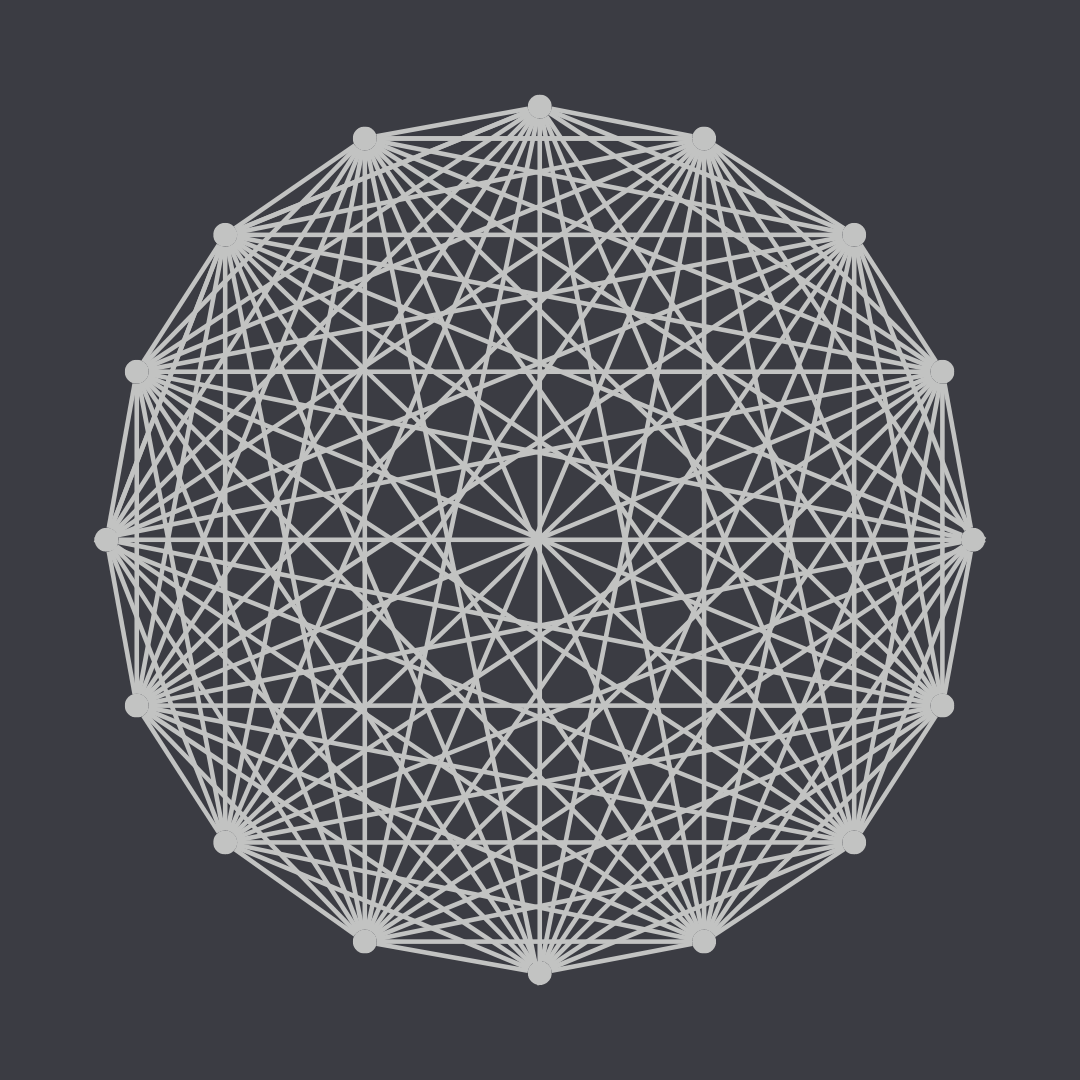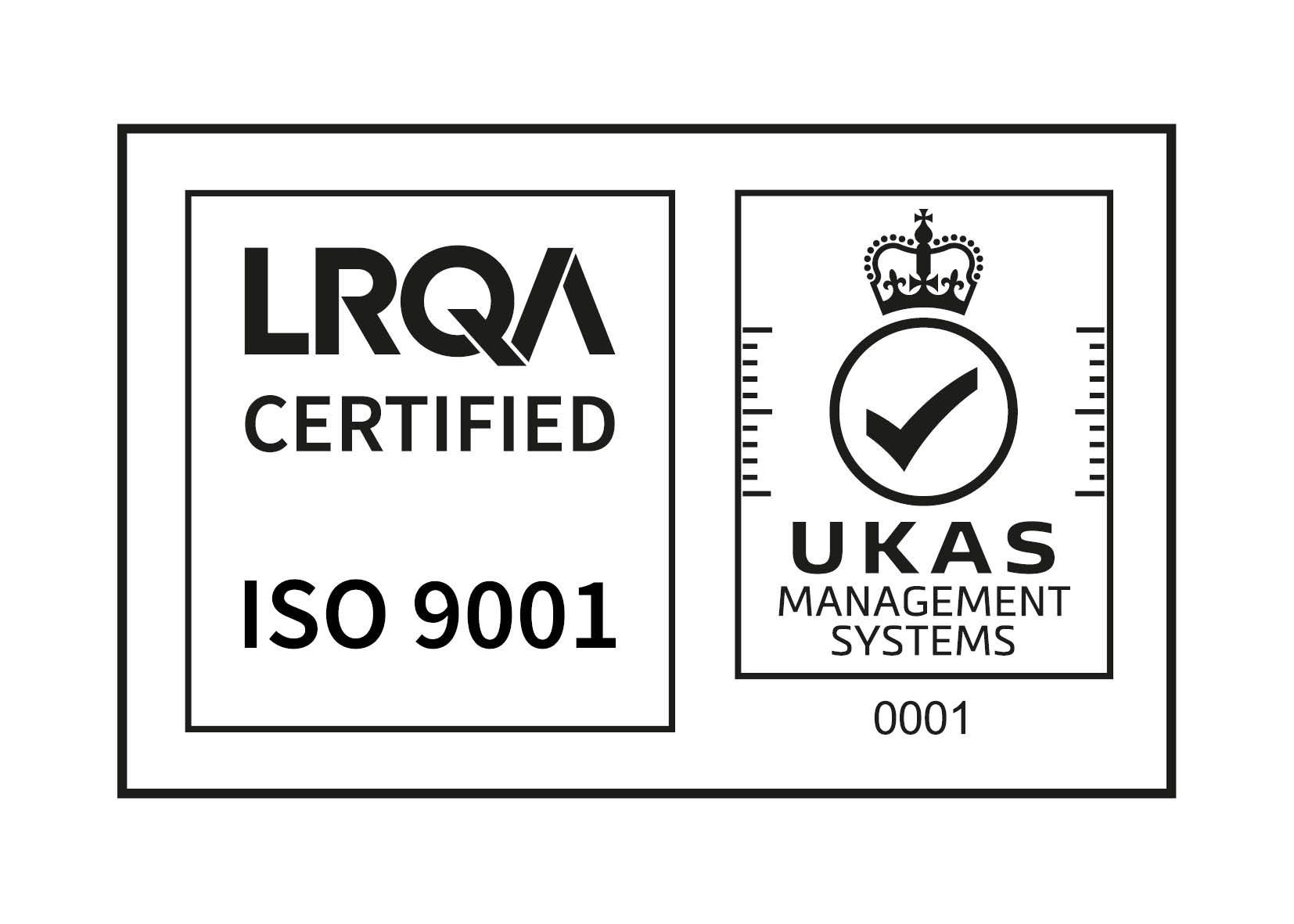WHAT YOU GET WHEN YOU CHOOSE TO WORK WITH A SMALL ENGINEERING TEAM…

WHAT YOU GET WHEN YOU CHOOSE TO WORK WITH A SMALL ENGINEERING TEAM…
Date: 19th October 2022
It’s a decision nearly every Project Manager has to make in their career…
Do I work with a small, local engineering team or a larger firm?
In today's competitive market, there’s rarely a difference in skills and capability which could sway your decision one way or the other. This means that, often, this decision is based on price and what the organisation has done in the past when they worked with a larger firm.
But, what else do you get when you choose to work with a small engineering team?
1. Shorter communication channels
Communication channels are one of those things that can get very messy very quickly. The fewer points of contact and the simpler you can keep things the better.
When there’s only a few points of contact, like in the diagram below, the paths for communication are very clear and easy to follow.

Communication in a 3-person team.
But, when you increase the number of contacts to, say, 16 these lines become a lot messier…

Communication in a 16-person team.
When you’re working with a smaller engineering team, there are far fewer points of contact within the project, meaning that communication is much tighter. This makes it far easier to ensure that everyone involved is on the same page, clear about what their role is and who the best person to contact is depending on the situation.
2. Less wasted design time
Although it is great to have a lot of different perspectives available during the design phase of a project, there is a point where all these different ideas become overwhelming and actually begin to slow down progress. Having one designer (or a small number of designers) on your team will not only mean that they are committing all of their time and focus to your project, but also that they’re only following one set of instructions, so they are much clearer on the brief. This reduces the amount of time they waste on designs that don't match your brief exactly.
3. Fewer errors down the line
I’ve worked on engineering design projects before where there have been so many people involved in a project that it’s unclear exactly who is responsible for which aspect of the design. Often, this means that later down the line, fabricators have taken it upon themselves to make ‘executive’ decisions about the build. Even small changes, if not considered as part of the bigger picture, can add unexpected knock-on effects and costs, cause the project to fail unnecessarily or set the project back to the start if a redesign is needed to fit the new requirements.
This scenario is far more likely to occur when your team is passed from pillar to post when they have questions or ideas about the design. Working with a smaller design team creates far more opportunities for relationships and trust to be built within the team much earlier on in the project. This means that fabricators and project managers are far more likely to know who to come to with questions regarding design intent.
4. More flexibility in the design process
No project ever looks the same at the end as you imagined it to be. There’s always new ideas, workarounds and tweaks that need to be made because they are more desirable. This means that, when choosing your design team, you want to factor in their ability to be flexible around the brief and, again, this is much easier with a smaller team.
That isn’t me saying that a large engineering team won’t deliver what you require at the end of a project. However, with a smaller team, the consolidated communication channels, the flow of information is streamlined and therefore any changes you require can be discussed and approved in a much timelier manner. As a result, there is further opportunity to develop your ideas and make amendments as you go, while minimising additional costs.
There are plenty of considerations to take into account when starting a mechanical design project. If you’re interested to find out what our engineering team could bring to your project, book a free design consultation with us today so we can answer any questions.



We are a highly skilled design and project engineering consultancy, based in the North-West, with more than 20 years experience.

All Rights Reserved | O'Hare Engineering Design LTD. O'Hare Engineering Design LTD is a company limited by guarantee. Registered in England No. 10820380
